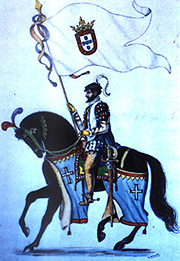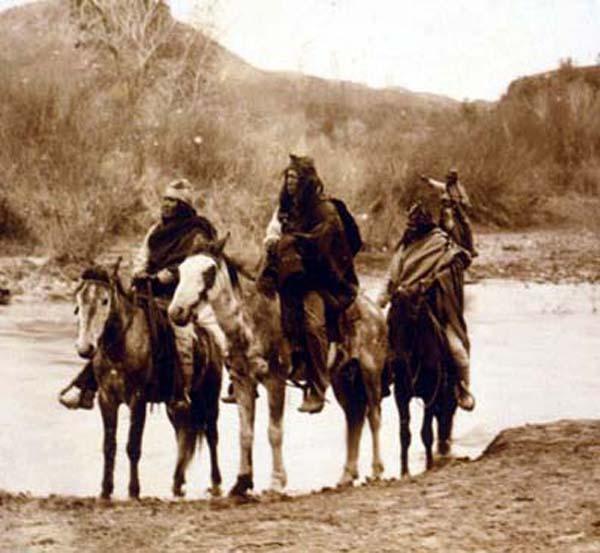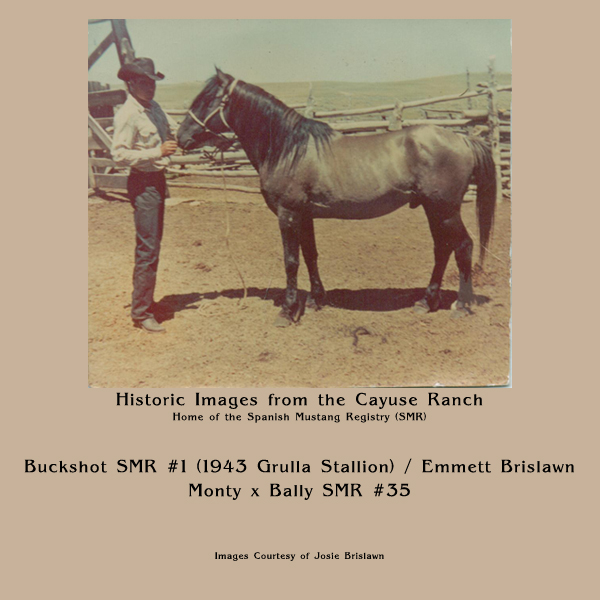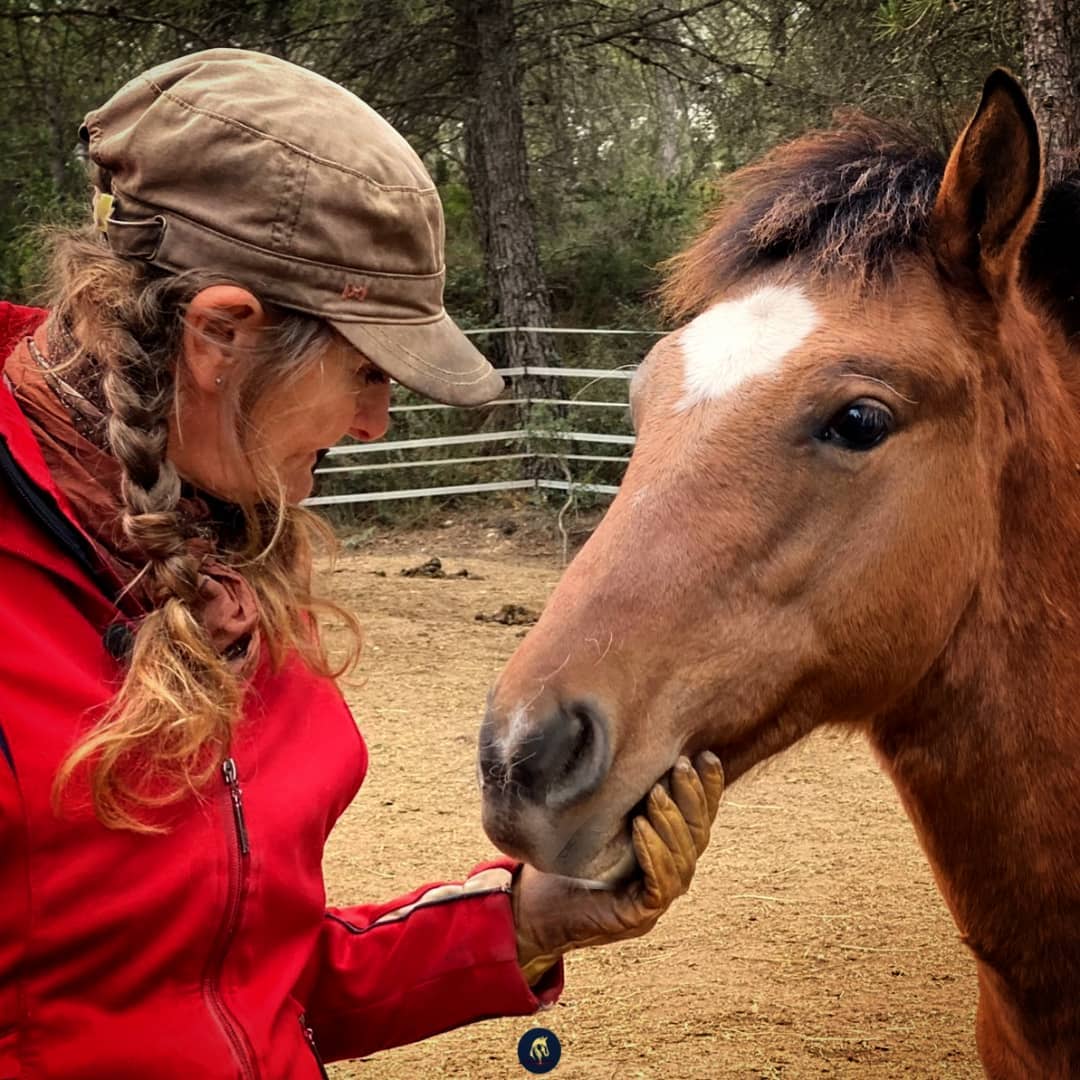The Colonial Spanish Horses is a term to describe a group of important strains of a pure bloodline foundation breed, one of which is the Spanish Mustang, descended from horses introduced to America, from southern Spain, and possibly North Africa, during the period of the conquest of the New World in the late 1400s / early 1500s.
Columbus, on order of the Spanish throne, brought the first Spanish horses on his second voyage.
Each subsequent ship heading for the New World, by order of the Crown, carried the best breeding stock Spain could offer. The first port of entry was the Caribbean, from there they moved into Mexico, where a breeding program began.
The History Of the Colonial Spanishn Mustang

The Colonial Spanish Horse
is incredibly important on two fronts; firstly, without them the “conquest” of the New World would not have been possible.
Secondly, at the time, they were considered to be the finest horses in the discovered world, and are still known to be one of only a very few genetically unique horse breeds worldwide.
One of the VERY few breeds with no Thoroughbred or Arab blood.

These magnificent horses
caught the attention of the Apaches, seeing them as a valuable commodity. Stealing as many as possible not only as a form of transport or a tool in war, but also for trade with other tribes, resulting in them spreading the Spanish horse throughout America.
During this time, horses escaped or were stolen and many became feral, populating the Great Plains.
Other breeds over time including Arabs and Thoroughbreds entered American which also became loose and inevitably cross bred.
The end result of this cross breeding would eventually result in todays modern Quarter Horse, now considered to be the most popular horse breed in the world today.
The sad consequence of this however is that, over time the genetically pure Colonial Spanish horse became very rare and was in danger of becoming extinct all together.
If it was not for the work of one man, Bob Brislawn of the Cayuse Ranch, this breed may not have survived.
The Spanish Mustang was his horse of choice to work his ranch and he could see the decline in numbers as the bloodline was being diluted by what he considered to be inferior breeds.
He officially started his preservation project with Monty, a buckskin stallion, captured in 1927 in Utah, and a mare from the Ute reservation.
Monty escaped back to the wild in 1944, taking his mares with him, and was never recaptured. But Bob was left with two full brothers; Buckshot and Ute and an amazing conservation plan was put to work.
In 1957, he was fundamental in setting up the Spanish Mustang Registry.
It’s goal:- The preservation and perpetuation of the true Spanish Mustang, beginning with just 20 horses.
Today the Brislawn herd was relocated but continues to be part of this tireless endeavour to ensure his legacy.
Due to this mans determination I, and others like me, can be privileged to share our lives with this magnificent breed. Charlie can trace his ancestry right back to Monty, being his, great, great, great, great, great grandfather! Giving him a 64% brislawn strain.
However the story does not have the immaculate happy ending and now the Colonial Spanish horse is today on the Critical list for endangered horse breeds.
Critical means only 100 to 300 active breeding mares.
It is paramount we do what we can to protect this magnificent breed, not only because of it’s fundamental importance in Americas and Spanish history, or their pure breed DNA, but the part they play in the development of all equine breeds.
We have as recently as July 2015 lost one strain, the Abaco Barb becoming extinct as the last mare perished.
The Spanish horse left a legacy in its tough, beautiful, hardy descendants that endures to this day, we must work to ensure that this does not happen again.
The next part of the story of this incredible little war horse with the big heart is for us to write.
With the arrival of Caminando con Sueños aka Parler the first foal to be born in their native lands for 300 years we have begun the next chapter .
By Donating or becoming a Patreon Herd Member YOU are part of the narrative and we all thank you for your support
Stay In Touch…
Become part of our Herd and Join our mailing list to keep up to date with all the latest news and behind the scenes activities here at Windchaser Ranch.
Be the first to know of webinars, mustang experiences and other herd happenings


